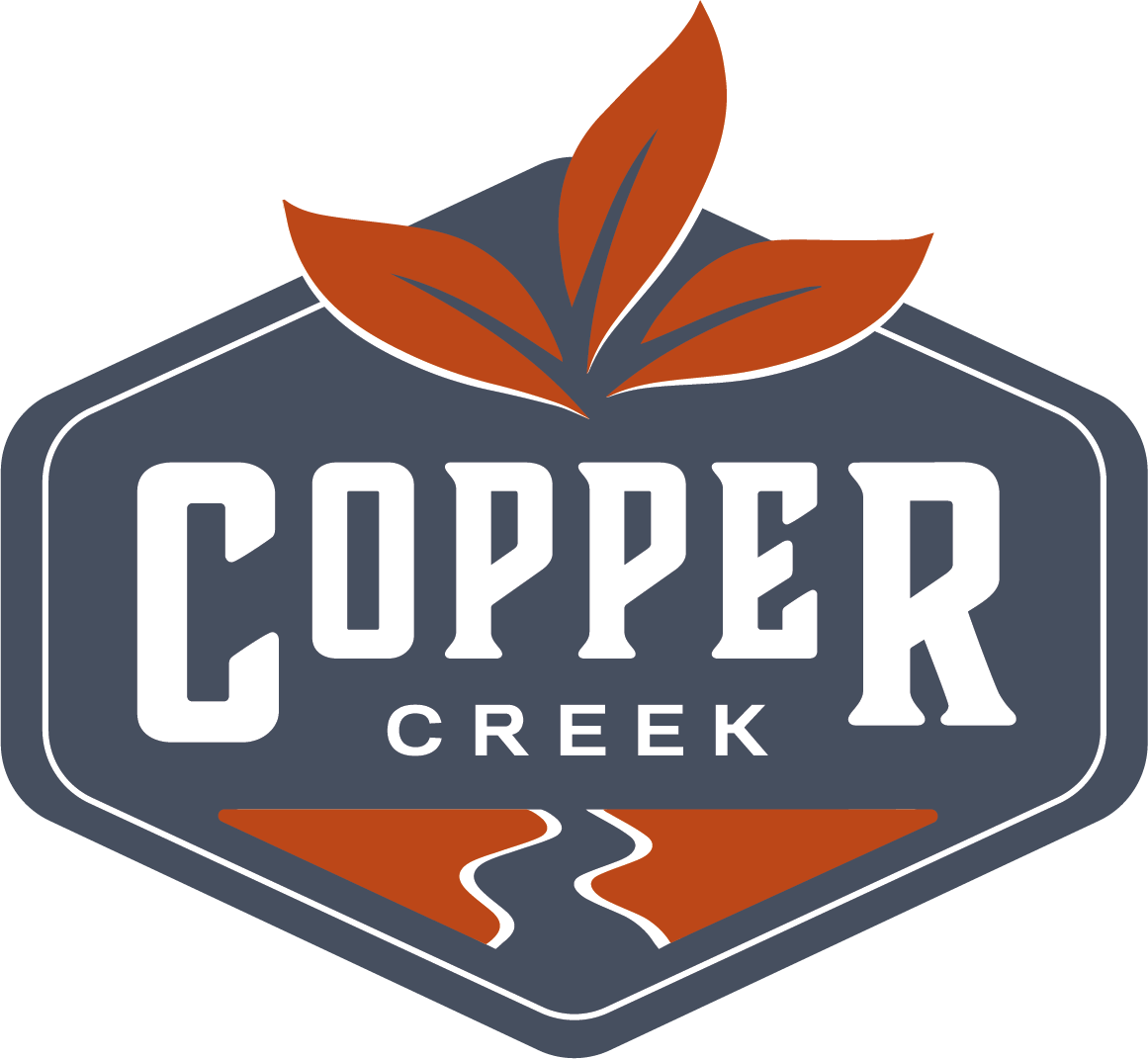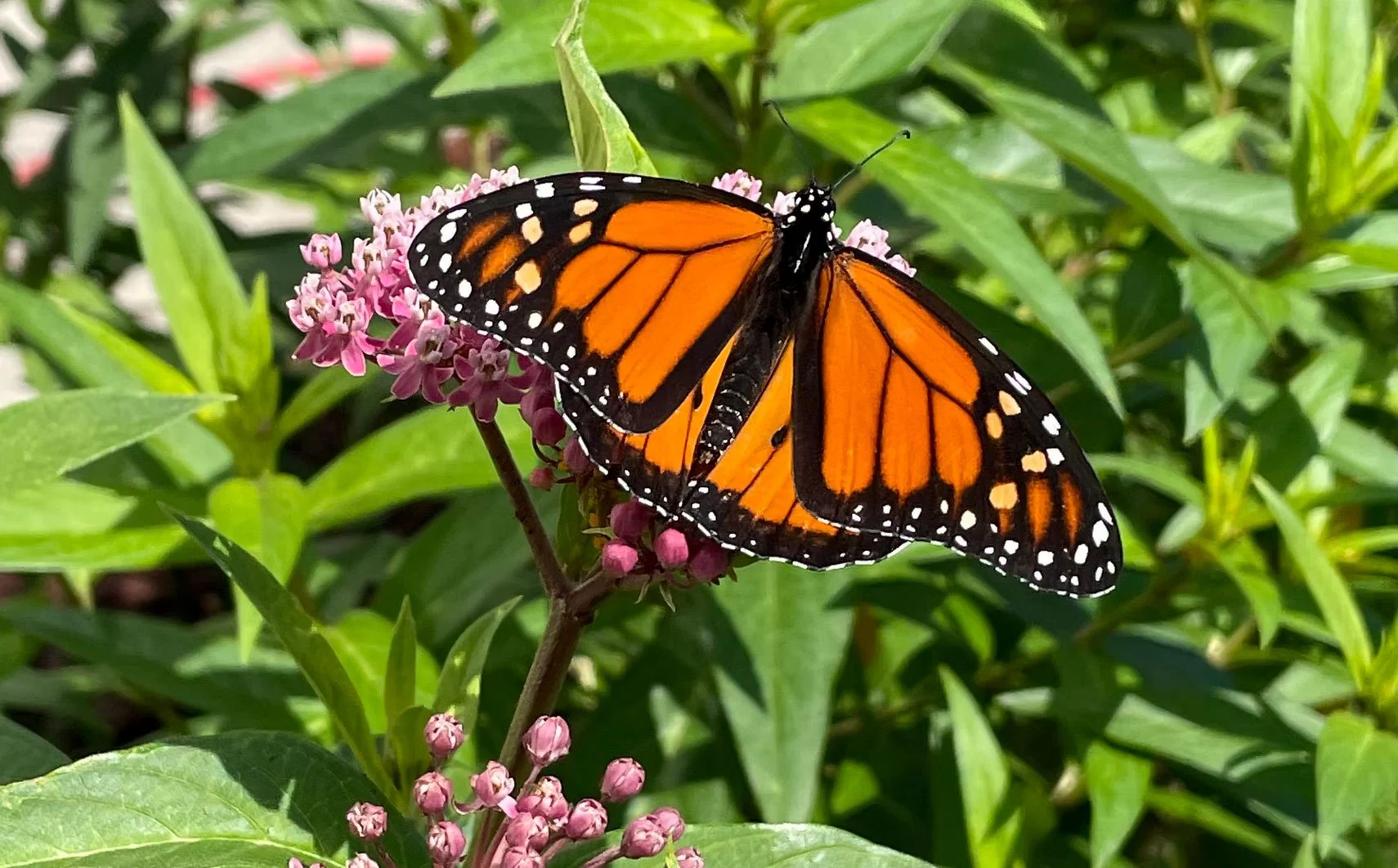Create your own Pollinator Garden in Minnesota
Create Your Own Pollinator Garden in Minnesota
We will soon see dancing butterflies, buzzing bees, zipping hummingbirds, and more pollinators fluttering about. Now is the perfect time to start planning your Minnesota pollinator garden if you desire a pollinator playground in your front or backyard. Pollinator gardens not only provide us a beautiful scene of flowers and swarms of beautiful wings throughout the growing season, but pollinator gardens are also beneficial to humans! The ecosystem that forms from our beneficial insects and our pollinating plants help provide us with fruits and vegetables we consume. Vegetables such as squash, cucumbers, pumpkins, and eggplants, and fruits such as apples, cranberries, and melons along with many more of our favorite fruits and veggies are pollinator dependent; meaning they require the act of transferring pollen grains from one flower to another. One of the first steps to attracting pollinators is to start early. The Monarchs are south of us but are heading this way. The Ruby-throated hummingbird has been spotted in southern Iowa as of now, in mid-April. We have a variety of native plants to choose from at Copper Creek Garden Center to attract them and keep them buzzing around all summer. Here are some steps to take to ensure a healthy and happy pollinator garden.
Diverse Native Plants for your Minnesota Pollinators
We highly recommend native plants (plants that have naturally progressed and grown in a specific, geographic location) as they are better for soil structure, soil health, and overall will do better in your region. They are easy to grow and have already adapted to our climate and native pests. It is always best to have variety of flowering plants, trees, shrubs, and grasses to demand attention in the garden and continually attract your pollinators throughout the growing season. Pollinators go through different life stages at various times. The goal is to create spaces for pollinators during their life cycles. Diversity in bloom times will provide pollen and nectar throughout the growing season. You can see a list of Minnesota Native plants that are great for your pollinator gardens below.
Provide Food, Water, and Shelter for your Minnesota Pollinators
Aside from the flowers and plants, pollinator gardens should provide these basic needs as well: food, water, and shelter. Pick plants that flower through all the seasons for nectar. Planting trees and shrubs give pollinators shelter during storms. Big Bluestem, a native grass, attracts butterflies and gives songbirds what they need to nest and feed on. Native grasses have deep root systems, which help to control erosion and are drought resistant.
Strategically placed rocks and boulders give butterflies places to bask in the sun and dry off from rainfall. Butterflies specifically like puddles to sip from. You can create this with any shallow dish-like container that collects water from the rain. We also offer a variety of beautiful bird baths that work great in a pollinator gardens. Left over leaves, twigs, and pieces of bark (leaf litter) is good for beneficial insects in the Fall and throughout the Winter as it creates a good shelter for bees and insects in the dormant months. Cut taller stems of plants down to 18-20 inches before snowfall. This will allow the bees and insects to have a place to shelter in the winter months.
When you are ready to start your pollinator garden project, you can get your plants along with gardening tools and compost at Copper Creek Garden Center and The Market in Nisswa, MN. Our staff will help you find the best selection of plants for your space. If space is a challenge, our flowering containers and baskets are a good option to attract pollinators. Listed below are native plants we carry by bloom times.
List of Flowering Plants by Blooming Times for your Minnesota Pollinator Garden
Early Spring Flowering Plants
Columbine
Exposure: Full Sun, Partial Sun, Full Shade
Bloom Time: May-June
Attracts: hummingbirds, butterflies
*Source of nectar for early spring garden
**a favorite of the Ruby-throated hummingbird for nectar
Chokeberry
Exposure: Full Sun, Partial Sun
Bloom Time: May-June
Attracts: Butterflies, Hummingbirds, Bees and Birds
False Indigo
Exposure: Full Sun, Partial Sun, Full Shade
Bloom Time: May-June
Attracts: Butterflies, Hummingbirds, Bees
Dogwood
Exposure: Full Sun, Partial Sun, Full Shade
Bloom Time: May-July
Attracts: Butterflies, Hummingbirds, Bees
Phlox
Exposure: Full Sun, Partial Sun
Bloom Time: May-June
Attracts: Butterflies, Hummingbirds, Bees
Viburnum
Exposure: Full Sun, Partial Sun
Bloom Time: May-June
Attracts: Butterflies and Birds
*Spring Garden Bloom
*Food for Caterpillars
Summer Flowering Plants
Veronica
Exposure: Full Sun
Bloom Time: June-August
Attracts: Butterflies and Bees
Rose
Exposure: Full Sun
Bloom Time: June-July
Attracts: Butterflies, Hummingbirds, Bees
Lupine
Exposure: Full Sun
Bloom Time: June-July
Attracts: Butterflies, Hummingbirds, Bees
Iris
Exposure: Full Sun, Partial Sun
Bloom Time: June-July
Attracts: Butterflies, Hummingbirds, Bees
Coreopsis
Exposure: Full Sun, Partial Sun
Bloom Time: June-July
Attracts: Butterflies, Hummingbirds, Birds
Butterfly weed
Exposure: Full Sun, Partial Sun
Bloom Time: June-August
Attracts: Butterflies, Hummingbirds, Bees
Hyssop
Exposure: Full Sun, Partial Sun
Bloom Time: July-August
Attracts: Butterflies, Hummingbirds, Bees
Fall Flowering Plants
Cardinal Flower
Exposure: Full Sun, Partial Sun, Full Shade
Bloom Time: July-September
Attracts: Butterflies, Hummingbirds
Joe Pye Weed
Exposure: Partial Sun, Full Shade
Bloom Time: August-September
Attracts: Butterflies, Hummingbirds, Bees and Birds
Liatris
Exposure: Full Sun, Partial Sun
Bloom Time: July-September
Attracts: Butterflies, Hummingbirds, Bees
Obedient Plant
Exposure: Full Sun, Partial Sun
Bloom Time: July-September
Attracts: Hummingbirds and Bees
*a favorite of the Ruby-throated hummingbird for nectar
Echinacea
Exposure: Full Sun
Bloom Time: July-September
Attracts: Butterflies, Hummingbirds, Bees
*a favorite of the Swallowtail Butterfly
Aster
Exposure: Full Sun
Bloom Time: August-September
Attracts: Butterflies, Bees
*Caterpillars feed on leaves
The list provided above is our top recommendations and what we carry for Minnesota Native plants for your pollinator gardens. Remember that it is best to have a variety of flowers with different bloom times. You can continually build on your pollinator garden along the way with flowers and plants as the different seasons come along. Pick up your hummingbird feeders, bird feeders, bird seed, and garden accents to spruce up your pollinator gardens even more! Feel free to give us a call ahead of time to ensure we have what you need at the time of your pick up! We consistently get deliveries to the Garden Center to refill our inventory.
For a more extensive list of Minnesota native plants, go to the DNR Plant Encyclopedia at: https://www.dnr.state.mn.us/rys/pg/encyclopedia.html




















